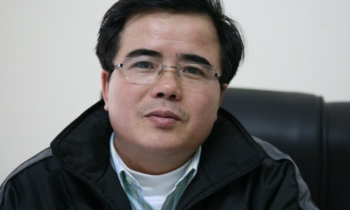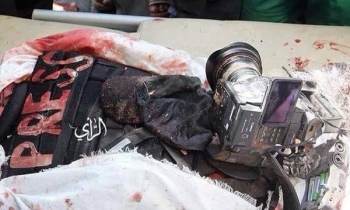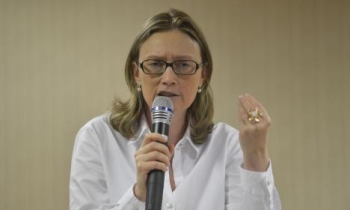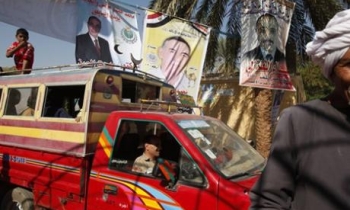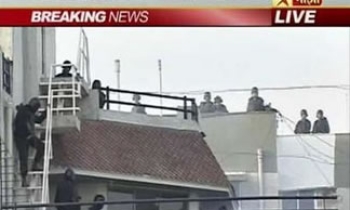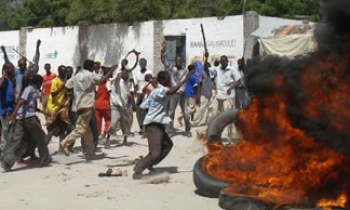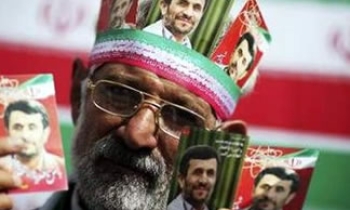MONTERREY, Mexico · Gamaliel Lopez Candanosa seemed an unlikely candidate to join the ranks of missing or murdered reporters in Mexico, now the second deadliest country in the world for journalists after Iraq.
Known for his rascal's smile and laughing eyes, Lopez distinguished himself not as a hard-nosed investigative reporter, but as the clown prince of television news in this prosperous industrial city about 130 miles southwest of McAllen, Texas. He slipped into tights, a mask and a cape for his on-air reports, morphing into "Super Pothole Man," a comic book-style hero who joked about poorly maintained streets.
But on the afternoon of May 10 -- after taping a piece that featured him singing with a one-eyed mariachi and reporting live on the birth of conjoined twins -- Lopez and his cameraman, Gerardo Paredes Perez, vanished. Colleagues at the TV Azteca affiliate where they have worked for 12 years fear the veteran journalists are dead. They suspect drug cartels, which have been blamed for 3,000 murders in Mexico in the past year and a half, and which have turned this once mostly peaceful city into a shooting gallery.
More than 30 journalists have been killed in the past six years in Mexico, including a television reporter in Acapulco and a print journalist in the northern state of Sonora in the month before Lopez and Paredes disappeared. Countless others have been kidnapped in a campaign of intimidation largely attributed to the drug cartels.
As more reporters die, journalism itself is suffering. A newspaper in Sonora said last month that it was temporarily shutting down because of attacks and threats by criminal gangs. Top editors at the two largest newspapers here in Monterrey, Milenio and El Norte, said that they no longer ask crime reporters to dig deeply on their stories.
"I don't know how to do investigations without getting people killed," Roberta Gomez, Milenio's executive editor, said during an interview at a Monterrey seafood restaurant where gunmen opened fire during the lunch rush not long ago.
At risk is the vibrancy of the free press in Mexico's still developing democracy. President Felipe Calderon has called the intimidation of journalists "an unacceptable situation," promised to protect journalists and discussed possible legislation to achieve that goal. But reporters keep dying and news media offices keep getting attacked.
In the past 16 months, grenades have been thrown into newspaper offices in Cancun, Hermosillo and Nuevo Laredo, and gunmen have attacked a radio station and newspaper in Oaxaca. Last month, the decapitated head of a city councilman was left in the doorway of the newspaper Tabasco Hoy in the eastern state of Tabasco.
The threats and violence have sown fear across the journalistic spectrum. While crime reporters are common targets, sportswriters have been kidnapped by drug cartel hit men upset over coverage of their favorite soccer teams. Feature reporters have been kidnapped, too, though the reasons are more mysterious. In the case of TV Azteca, colleagues suggested Lopez might have been a target because he had boasted about knowing the locations of executions and proudly told a colleague that he had twice been kidnapped; for him it was a badge of honor.
Monterrey, a city of 4 million at the foot of the soaring, rocky Sierra Madre, once seemed immune to the drug violence roiling Mexico. The nation's third-largest city is routinely ranked as one of the safest places to do business in Latin America.
But 2007 has marked a startling reversal. In Monterrey and the surrounding state of Nuevo Leon, more than 100 police officers have been arrested on corruption charges and more than 70 killings have been recorded in the first five months of the year.

